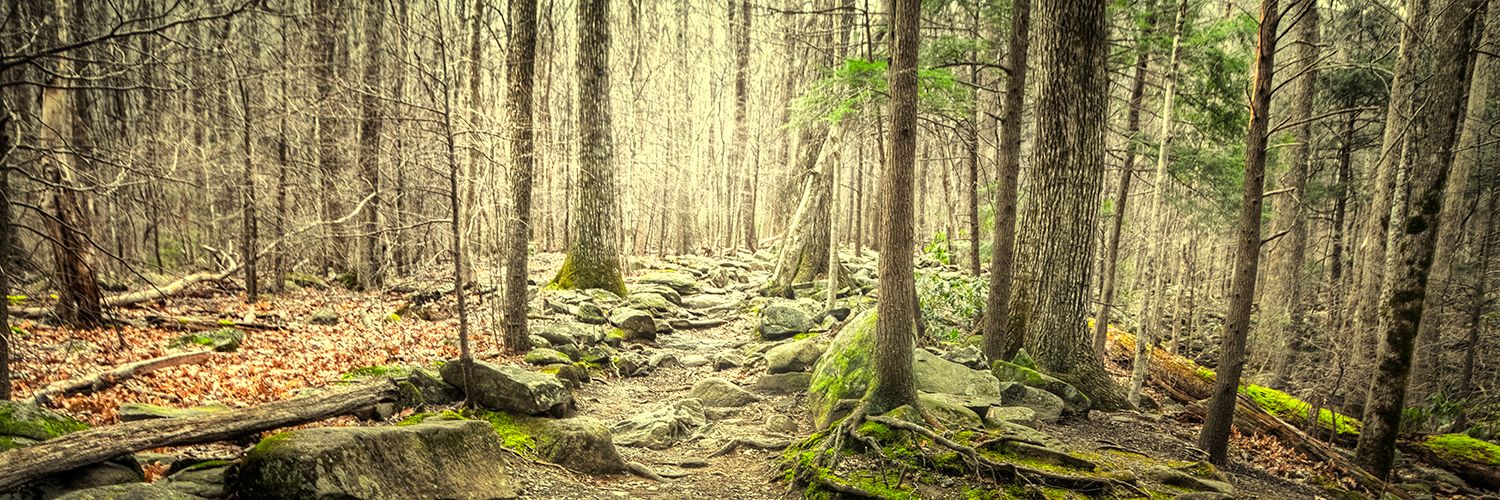B.C. Columbines and their Pollinators



If you live around Kamloops, the red columbine (Aquilegia formosa var. formosa) may be familiar to you from moist forest openings and roadsides. It is found across the entire province, and is the only columbine you are likely to see around here. The busy picture below features red columbine in a clearcut on Big Slide Mountain (upper Horsefly River drainage) with valerian, hellebore, cow parsnip, and groundsel.

Yellow columbine (Aquilegia flavescens) is restricted to the south of the province, east of the Cascades, and is most common in the Rockies. Where yellow and red columbine overlap, yellow tends to be a higher elevation plant. I first saw yellow columbine this summer, on Mt. Kobau, where the sagebrush and Douglas-fir grow alongside mountain wildflowers and balsam fir.
In these photos below, taken on Mt. Kobau, you can see down onto the Okanagan Valley, south into Washington State, and across to K Mountain above Keremeos. Visit this mountain if you get a chance, it’s easy to access and simply breathtaking.





Blue columbine (Aquilegia brevistyla) is a northern species. I was shocked to come across it in a bizarre little patch of uncommon plants in the Mackin Creek watershed on the Chilcotin Plateau, maybe a little over 1000 m in elevation. That was a good day: saw three lifers – the blue columbine, round-leaved orchis (Amerorchis rotundifolia, pictured below), and Buckbean (Meyanthes trifoliata) – plus, some interesting willows, and even an orange agoseris!

Turns out that seeing the blue columbine on the Chilcotin Plateau was a neat bit of luck, because it’s a plant that really belongs much farther north. However, there is a little disjunct population in south-central BC that I was lucky enough to wander into.
So, to reiterate:
- blue columbine is from the north, and oly a couple disjunct populations occur farther south – see the rather interesting blue columbine range map here!
- yellow columbine is from the south, along the Rocky Mountains in Canada and the US.
- red columbine is a western species that reaches coastal southern Alaska, is present throughout BC (notably absent in NE BC), and ends around California.
Why do we see differently coloured columbine plants? Turns out, there are good reasons why blue flowers are from the north, and yellow are from the south: POLLINATORS!
The idea is that an ancestral blue columbine crossed the Bering land bridge from Eurasia during the Last Glacial Maximum, between 10,000 and 40,000 years ago. As the glaciers retreated, this ancestral columbine began moving out across the continent, and new species were born. It is thought that this first, ancestral columbine may have evolved into the blue columbine you saw at the start of this article, Aquilegia brevistyla.
Bees tend to pollinate blue columbines. North American deep-blue columbines are found in northern or alpine habitat. And remember, you don’t see yellow columbines until quite far south, where an alternative pollinator – the hawk moth – is found.

Okay, now: can you guess a main pollinator of red columbine?
.
.
.
Yep, hummingbirds!
Bees like red flowers too, so red-coloured columbine species are able to extend their ranges beyond the range of hummingbirds in some parts of North America. Nonetheless, it’s pretty neat to compare this link showing the range of the rufous hummingbird against this link showing the range of the red columbine. Pretty similiar, huh?
Enjoy this abundance animation to get a better sense of the rufous hummingbirds’ seasonal movements, and think about when red columbine might be blooming. Perhaps there’s a connection between the ranges of these species.
There’s so much more cool stuff to learn about columbine plants and adaptive radiation. What I learned, I learned from these sources:
https://www.fs.fed.us/wildflowers/beauty/columbines/naturalhistory.shtml

A most enjoyable and educational article and the photos are lovely.
Thanks mom!!!